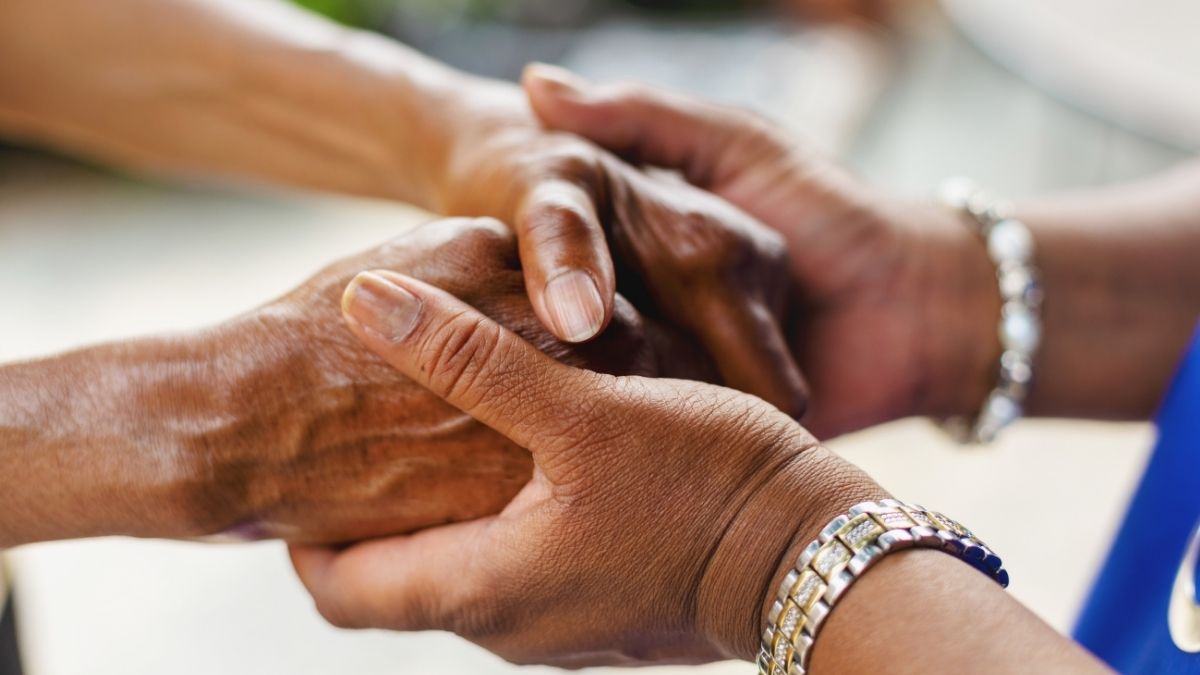
Living with pain is intensely hard for anyone. Unfortunately, if you are female, it is likely it will take years longer to diagnose your pain, it will likely be dismissed as emotional various times by those meant to support you, and it is likely the treatments you will be offered will be ineffective partly due to the fact that although 70% of chronic pain sufferers are female, most of the research for pain treatments are conducted on males.
If you regularly read our articles, you’ll know that we usually try to keep things as positive as possible. However, the stark reality is that some subjects are undeniably bleak. With International Women’s Day approaching on Tuesday 8th March, we thought it would be the perfect time to shed some light on the gender biases that women with chronic pain endure.
Chronic pain demographics
In England, around 15.5 million people have chronic pain – that’s a staggering 34% of the population. This encompasses everything from arthritis and other kinds of joint pain to back pain, neck pain, migraines, fibromyalgia and more.
As part of a new report entitled Chronic pain in England: Unseen, Unequal, Unfair, Versus Arthritis reports a higher prevalence of chronic pain in women than men. It also reveals that 14% of women have high-impact (severe) pain in comparison to 9% of men.
Moreover, the charity has found that chronic pain disproportionately affects some minority ethnic groups. 44% of Black people experience it, compared with 34% white, 35% Asian, 34% mixed/multiple ethnicities and 26% any other ethnic background.
Understanding the innate biases
In the medical industry, there’s a long history of dismissing women’s pain. In a 2019 HeathyWomen survey, 36% of respondents – women who experience and live with chronic pain – said they didn’t think their health care providers took their pain seriously. What’s more, systematic racial biases can make it even worse for Black, Asian and minority ethnic women suffering from persistent long-term pain.
As a result of this, many women have experienced misdiagnosis, undertreatment, ineffective treatment and unnecessary suffering. And it isn’t just with chronic pain, but acute pain too. So, what’s the deal? Why aren’t women taken as seriously as men? Why is women’s pain dismissed?
One 2021 study determined that pain responses may be perceived differently by others based on gender. The results of two experiments revealed that when male and female patients expressed the same amount of pain, observers viewed female patients’ pain as less intense and more likely to benefit from psychotherapy as opposed to medication. This uncovered a significant patient bias, related to gender stereotypes, that could lead to treatment disparities.
Elizabeth Losin, Assistant Professor of Psychology and Director of the Social and Cultural Neuroscience Lab at the University of Miami, who co-authored the study, says: “If the stereotype is to think women are more expressive than men, perhaps ‘overly’ expressive, then the tendency will be to discount women’s pain behaviours.”
She goes on to explain: “The flip side of this stereotype is that men are perceived to be stoic, so when a man makes an intense pain facial expression, you think, ‘Oh my, he must be dying!’ The result of this gender stereotype about pain expression is that each unit of increased pain expression from a man is thought to represent a higher increase in his pain experience than that same increase in pain expression by a woman.”
Seeking and receiving chronic pain treatment
The common assumption that women are less tolerant of pain compared to men appears to be deep-rooted in cultural gender norms. And it doesn’t help that women have been routinely excluded from clinical trials due to fluctuating hormones and the “complexities of the menstrual cycle”.
Men are more likely to delay seeking treatment. In fact, one study found that they consulted GPs 32% less than women. This has led many to question: do health professionals dismiss and underestimate women’s reports of pain on the premise that they are “quicker to complain”?
As we know, a chronic pain condition needs an individualised approach, but why is it that men generally receive a more aggressive response than women? Research has found that hospital staff spend less time treating women and are more likely to wrongly diagnose physical pain as “emotional”. It is also common for women to receive prescriptions for sedatives significantly more frequently than men, as opposed to pain medication.
Where do we go from here?
One-third of us will suffer from chronic pain in our lifetimes. Chronic Pain is an epidemic with enormous personal and financial costs to society. Here at To Better Days, we hope to help men, women and anyone in between. But, as the majority of pain sufferers are women, so is our customer base.
Initially, our brand was built to offer an alternative product for women who were not identifying with the typically “male” products out there (think muscly running skeletons with targets on them and being told to FIGHT YOUR PAIN) but our commitment is to the chronic pain community as a whole and together we must support each other. The lack of support for women and the existing biases that prevent women from getting the treatments they need is not a female issue, it is a human one and affects the whole of the chronic pain community, including family and friends, sufferers and carers – and as such, it is our collective responsibility to create awareness of these inequalities and effect change.
If you haven’t already, check out Together For Better Days, a Facebook group for people experiencing and supporting someone experiencing long-term pain.



